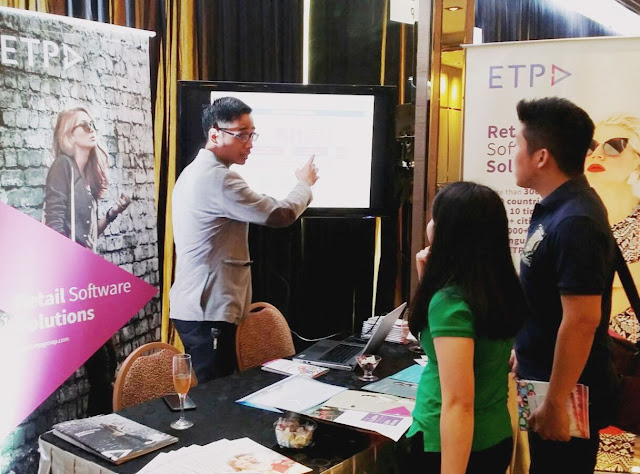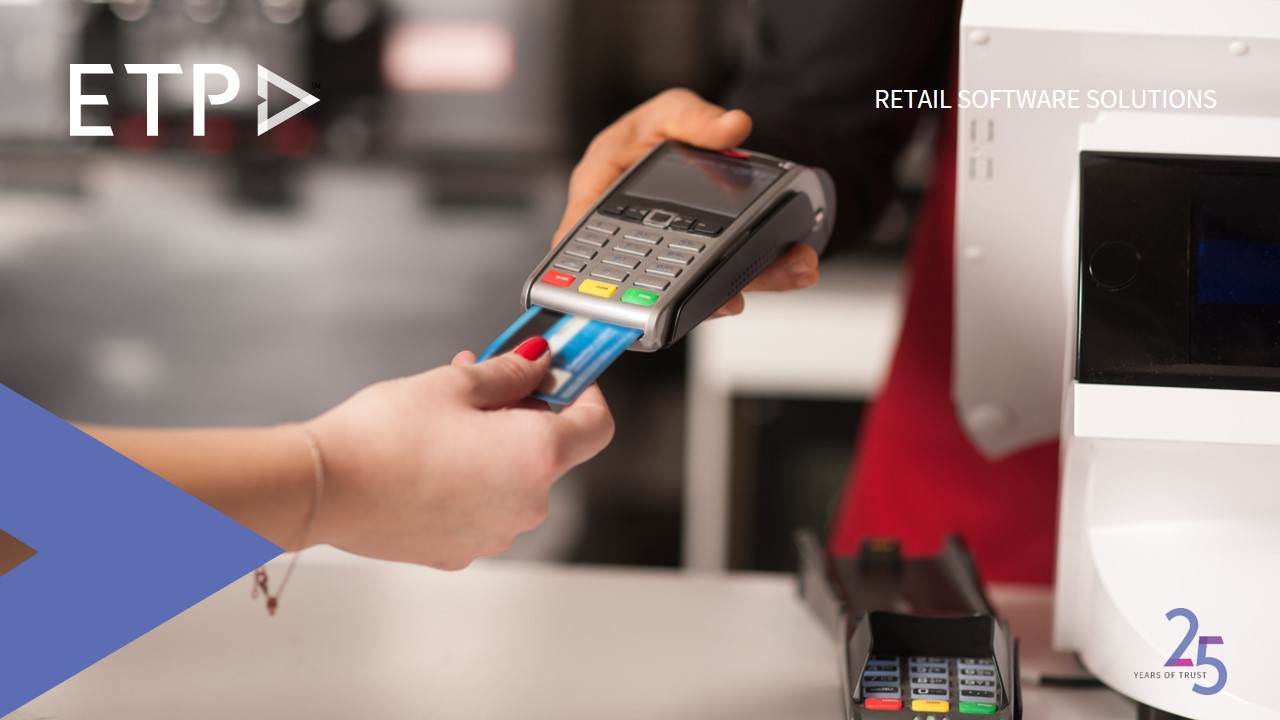ETP has, over the years, participated extensively at industry events and trade shows focused on retail technology solutions. At these events, ETP has been constantly building long-term partnerships with market leaders, customers and prospects in the retail space. Through its various engagements at retail and technology events, ETP has been sharing its invaluable domain expertise acquired over more than 25 years of being associated with the retail industry across the Asia-Pacific, India and the Middle East.
With the fourth largest population in the world and a booming economy that is spurred by a growing number of millennial smartphone users (i.e., in the age group of 18 to 30 years) connected to the Internet, Indonesia is fast approaching a “big bang” for ecommerce in terms of scale and profitability. ETP was the Main Sponsor at the recently concluded Customer 360 – From Offline To Online – How To Get Your Company Ready event held in Jakarta, Indonesia on 27th October 2015. At the event, the ETP team interacted with leading Indonesian retailers from different verticals such as PT. Mitra Adiperkasa (MAP), Everbest, Lee Cooper Indonesia, Depo Bangunan, Pasaraya, Kawan Lama, Electrolux, CODE inc., Trikomsel and many more, to share and understand perspectives on how to navigate the dynamic demographics where online and offline merge in retail and how retailers can gain from the benefits that e-commerce offers in the ‘brick-and-mortal’ retail world.
Naresh Ahuja, Chairman & CEO, ETP Group, presented his views on the emerging retail technology for retailers to activate seamless operations that control all the customer touch-points and enhance the omni-channel brand experience.
 |
| ETP booth at Customer 360 event |
 |
| Naresh Ahuja (centre), Chariman & CEO ETP Group with Arun Samak, CIO, PT. Mitra Adiperkasa (MAP) and David Irawan, CIO, B&B Incorporated |
ETP participated at the 17th Asia Pacific Retailers Convention & Exhibition held from 28th-30th October 2015 at the impressive Mall of Asia Complex, Pasay City in the Philippines. The team successfully networked with several leading retailers from Indonesia, Malaysia and the Philippines such as APRINDO, Primer Group, Rustan’s Group, PowerMAC, BLIMS Fine Furniture, Watch Republic and many more, to exchange their thoughts and learnings on how omni-channel retailing is disrupting the world of retail and on the new business models, strategies and technologies necessary for expanding retail business in Asia and in the global market.
| ETP at the 17th Asia Pacific Retailers Convention & Exhibition, The Philippines |
ETP also attended the Middle East Retail Forum and the InRetail Summit events held in Dubai, U.A.E. from 27th-28th October and from 14th-15th September 2015, respectively. Both these events brought together the who’s who of retail in the Middle East. Discussions and networking sessions at the events showcased the trends and opportunities that are making the Middle East an attractive marketplace for leading retailers across the globe, the retail dynamics in the GCC, customer centricity and omni-channel retail. The ETP team wrested optimum leverage of the opportunities that the events provided to strengthen its existing relationships with leading retailers from the region and build new ones.
At the India Retail Forum held in Mumbai, India on 15th-16th September 2015 that witnessed a gathering of more than 700 of the region’s sharpest minds in retail and retail realty businesses, ETP’s team of domain experts connected, collaborated and created outstanding concepts for harnessing the future of retail in the omni-channel era and building the roadmap for customer centric retail organizations through technological innovations that enable the modern retailers to delve deep into the consumers’ minds and offer them a hassle free, grand, unified shopping experience across the ‘phygital’ retail landscape.
ETP was the Technology Insights Partner at the South East Asian Retail Innovation & Technology Summit held in Jakarta, Indonesia on 16th-17th October 2015. At the event, esteemed speakers and delegates from retail, realty, technology and finance businesses shared their experiences and knowledge on investment opportunities, channel strategies, product marketing, supply chain and technology innovations for the mobile-first generation.
 |
| Varun Suri, Program Manager, ETP Group speaking at the event |
Varun Suri, Program Manager, ETP Group, presented his views on Business and IT Innovations Asian Leadership – Focusing on Demand Chain Management. He emphasized on the importance of customer-driven operations rather than supplier-driven operations. Consumers do not wish to spend precious time in deciphering complex promotions or applications, they would rather pay more and be instantly gratified. Ease and simplicity needs to be permeated in every retail process to deliver on customer expectations.







